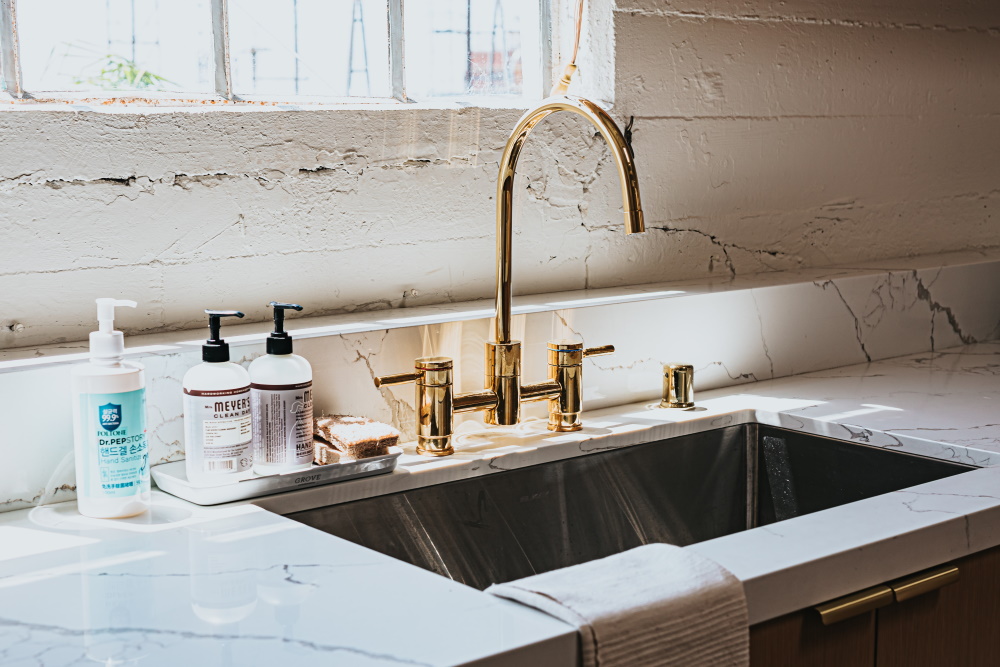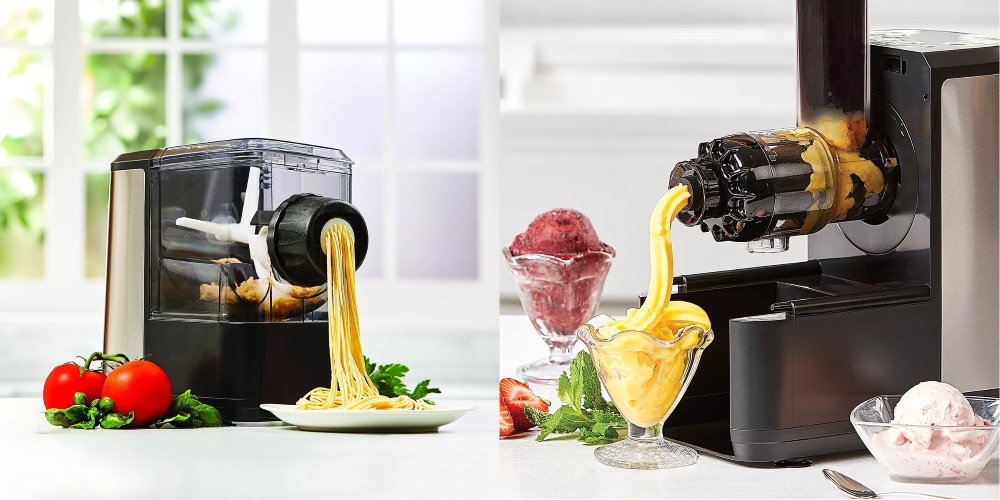During a routine or an abrupt inspection under the sink, you may come across standing water. You may be puzzled as to where the water is coming from as it is not easily apparent. That’s because a lot is going on under the sink cabinet. Here, you find the drain and water connections to the dishwasher. The sink cabinet may also play host to the garbage disposal unit, and reverse osmosis water purification system. You also have the kitchen sink connection, both hot and cold, along with the drain system. Okay, so where is the water coming from? Here are some usual suspects, and we’ll also share some ingenious techniques to pinpoint the source of the leak.
Sink attachment to the cabinet
Due to the placement of the sink, it may leak water into the cabinets particularly if it does not have enough caulking.
Typically, during the installation, the plumber’s putty is used to seal the rimmed sink edge. The plumber may run the caulk at the sink’s bottom or seam to form a watertight connection with the counter.
Because there’s a tendency for sinks or counters to get wet as you wash the dishes, any gaps In the seals may cause water to leak and collect under the cabinet. Note that apron sinks that are not installed correctly are also notorious for getting cabinets wet.
Faucet placement on the sink
The faucet placement on the counter or sink may be a potential source for leaks, especially when you can’t find any problem under cabinet connections.
When the faucet is attached to the sink, the placement is made water-proof by applying putty or installing a gasket that is held in place with a plastic nut.
If there are any breaks or gaps, then any splashing water may end up dripping onto the cabinet.
Sink drain leak
The sink drain may be composed of up to 20 separate parts. Now, you’d be hard-pressed to find any holes in the PVC pipe, but the different joints may be susceptible to leaks. For instance, if there is wear and tear in the rubber gasket that attaches the sink drain system to the sink, you may experience leaks. Similarly, the p-trap connections may be susceptible to failure. So, take a hard look at the drain connections. You may consider wiping the pipes and fittings with dry tissue paper to find drips.
Reverse osmosis system
The reverse osmosis system may seem pretty complicated the moment you have a glance at it. Now don’t let it overwhelm you. If there is any leak in the system, you can first check the faucet connection to the drinking faucet. The reverse osmosis water filter also has a ¼ inch tubing that’s connected to the drain with a clamp.
Water connections
Another common area to check is the water connections to the faucets or appliances. For instance, if the sink has a shut valve, you can start by examining it for any signs of water leakage such as water drips and rust.
Loose connections may also bring about leaks. You can generally address any problems with water line leaks around joints by applying a fresh thread shape and tightening the loose nuts. But be careful not to exert too much pressure as it may cause the plumbing fittings to crack. Also, ensure that you have the right tools for the job.
Garbage disposal loose connections
Many homeowners have encountered an issue with the garbage disposal unit leaking water from the bottom. The issue is brought on by broken seals. It’s also not unusual for water to leak from the reset button, and this type of leak can be quite dangerous. The best solution with most garbage disposal unit leaks, particularly with old units, is to get a new unit. It may be less costly than hiring an emergency plumber to replace the internal seals, and the new units will repay themselves over time.
Ingenious Ways to find leaks under sinks
Have you tried to locate the source of the leak under your sink with no success? Probably, you dried the water and checked again after several hours only to find more water? Don’t worry, there are ingenious tricks you can use:
Use salt
You can spread salt crystals under the cabinet, and check later with a flashlight to find wet spots that will sparkle when you shine the light over them.
Tissue paper
You can catch drips by using tissue paper. Just cover the entire kitchen cabinet bottom in one sheet.
Many bowls
You can strategically distribute several bowls under the kitchen sink cabinet, and check which containers collect water.
Feeling with a dry hand
You can use your dry hands to feel for wet spots, drips m, or shaky connections.
Laying down a dry towel
Another strategy you can try is to lay down a dry towel. But don’t wait until it’s entirely soaked. Check the progress after timed intervals say 10 to 30 minutes.
If you got time on your hands, you can also sit down with a long novel with the cabinet doors entirely open and play the waiting game. You may seek the help of a professional plumber if everything fails. They may spot things that you never thought of checking.




